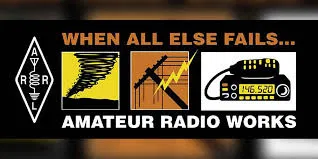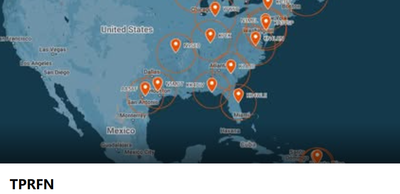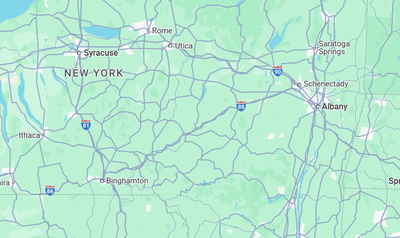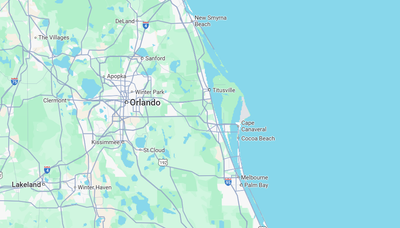Reconnecting Packet Radio
One RF Station At A Time
Join The Packet Radio RF Forwarding Network Today
!
Join TPRFN

Join The TPRFN Network
The TPRFN Network is looking additional Fulltime Hub & Parttime Polling Stations If you are interested your interested in joining our RF based network please fill out the form using the "Read More" button and someone will contact you:
Read More
Join Our Groups.io
Join The Packet-Radio-RF-Forwarding groups io Click the "Learn More" button to Join
Read MorePress

The TPRFN Network: Could be a Lifeline in Times of Emergency
Article published in Zero Retries dated Friday June 21st. Use the "Read More" Butten to read.
Read More
PKTNET Check-in Map
The current PKTNET check-in map is now available on the TPRFN website..
Read More
PKTNET Month Results Maps
The PKTNET Google Results Map are now available here on the TPRFN website..
Read More
Modern Ham BPQ How To
For assistance with setting up your BPQ BBS/Node we would suggest you use the "Read More" button to get started.
Read More
Amateur Radio Newsline & TPRFN
Amateur Radio Newsline 1/13/25 PACKET RADIO NETWORK LOOKING TO EXPAND.. Use the "Read More" button to read the Amateur Radio Newsline article!
Read More
Zero Retries 0162: Packet RF Forwarding Network Adds New Station
Use the "Read More" button to view the story.
Read More
Zero Retries 0159: Looking for HF-forwarding packet nodes to extend RF-only network in USA
Network Map

Network Map
For the TPRFN Network interactive Google Station Map, click the "Read More" tab for access to the map.
Read MoreTPRFN Nuts & Bolts
TPRFN Hub Station Profiles Pg 1 of 2
N3MEL's Profile Page from Southeast Pennsylvania. BBS Callsign = N3MEL-2
Read MoreKP3FT's Profile Page from Central New York BBS Callsign = KP3FT-4
Read MoreKA3VSP's Profile Page from Northern Delaware BBS Callsign = KA3VSP-1
Read MoreKN4LQN Profile Page from Richmond Virginia BBS Callsign = KN4LQN-2
Read MoreW1DTX Profile Page from Northern Maine BBS Callsign = W1DTX-4
Read MoreK1AJD Profile Page from Connecticut ........ BBS Callsign = K1AJD-7
Read MoreK5DAT Profile Page from Wisconsin ......... BBS Callsign = K5DAT-1
Read MoreKD4WLE Profile Page from Central Florida BBS Callsign KD4WLE-3
Read MoreWW6Q Profile Page from Indiana ................. BBS Callsign = WW6Q-1
Read MoreKK4DIV Hub Profile Page from Fl Panhandle BBS = KK4DIV-1
Read MorePKTNET Info
Network How To
Click the "Read More" tab below
Read MorePacket & VARA HF
HTML to Text Packet Form
ICS-213 Form
Learn MoreRadiogram Form
Learn MoreNet Check-in Form
Learn MoreBulletin Form
Learn MoreField Situation Form
Learn MoreSevere Wx Form
Learn MoreNetwork & EMCOMM Partners
PR Digital
Puerto Rico Digital Operator Group Services
KP4DOG, your gateway to the most robust and reliable Emergency Communications (EMCOMM) Ham Radio Frequency network in Puerto Rico. At KP4DOG, we take pride in being the first dedicated EMCOMM network on the island, committed to ensuring seamless communication during emergencies and natural disasters.
Learn MoreContact Us
- Downingtown, PA, USA
Network Tactical Address: tprfn@winlink.org DMR: TGIF Network TG-450





























